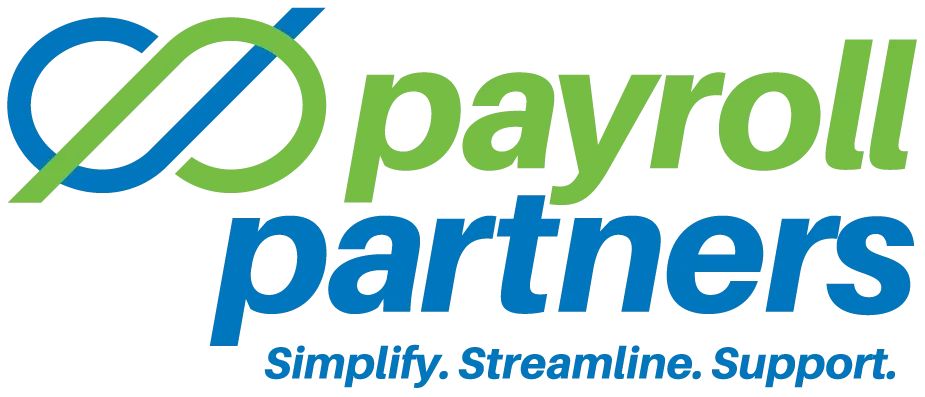Business owners need to make choices on their 2021 taxes regarding the Paycheck Protection Program and the Employee Retention Credit. Both were enacted to help businesses stay in operation during the lockdowns caused by the COVID-19 pandemic.
The PPP provided forgivable loans to businesses, and the ERC was intended to prevent layoffs. When these programs were first enacted, businesses had to choose between one or the other, but that changed once the Consolidated Appropriations Act of 2021 was passed.
Along with the relief the CAA provided by allowing businesses to receive a PPP loan and claim the ERC, the CAA also added a level of complexity for businesses seeking to maximize their tax savings under these programs.
The implications of these complications include the following:
- Taxpayers may qualify for the ERC retroactively by filing an amended Form 941 within three years.
- Taxpayers cannot claim the ERC on PPP wages used for PPP loan forgiveness.
- While forgiven PPP loans are excluded from taxpayers’ gross incomes, they must be included in gross receipts for certain other purposes, such as the gross receipts test and certain filing requirement thresholds for tax-exempt organizations.
- Forgiven PPP loans may be treated as received or accrued when either (a) expenses eligible for forgiveness are paid or incurred, (b) an application for PPP loan forgiveness is filed, or (c) PPP loan forgiveness is granted.
- Certain adjustments may be required regarding amended returns, information returns, and instances in which a PPP loan is only partly forgiven.
- PPP loan forgiveness may be considered as received or accrued when (a) eligible expenses were paid or incurred, (b) the PPP forgiveness application was filed, or (c) the forgiveness occurred.
- Businesses may be able to deduct expenses on their 2021 return to the extent they either could not deduct them in 2020 or did not receive confirmation of forgiveness until 2021. They may also amend their 2020 return.
- Taxpayers may not claim the ERC unless either of these two situations is applicable:
- Their business was affected by a mandated full or partial suspension of business; or, the business’s gross receipts were down 50% in 2020 and 20% in 2021 compared to the same quarter of 2019.
- For purposes of the ERC, there is no cap on the number of employees that are paid in any given quarter. However, there are dollar limits on other measures, including a maximum deduction per employee and a maximum amount of qualified wages that may be deducted. These amounts are different for 2020 and 2021.
- The Infrastructure Investment and Jobs Act eliminated the availability of the ERC for the fourth quarter of 2021 for all eligible employers other than recovery startup businesses. These types of businesses are defined as businesses that (a) continued any and all trades or businesses after Feb. 15, 2020, and (b) had under $1 million in average annual gross receipts. Recovery startup businesses may claim the ERC for all four quarters of 2021.
The laws and regulations governing PPP loan forgiveness and the ERC are complex. Plus, there are many nuances to how the applicable provisions can be applied. Businesses seeking to maximize their tax savings should consult with us for personalized advice.
Original content by © IndustryNewsletters. All Rights Reserved. This information is provided with the understanding that Payroll Partners is not rendering legal, human resources, or other professional advice or service. Professional advice on specific issues should be sought from a lawyer, HR consultant or other professional.

